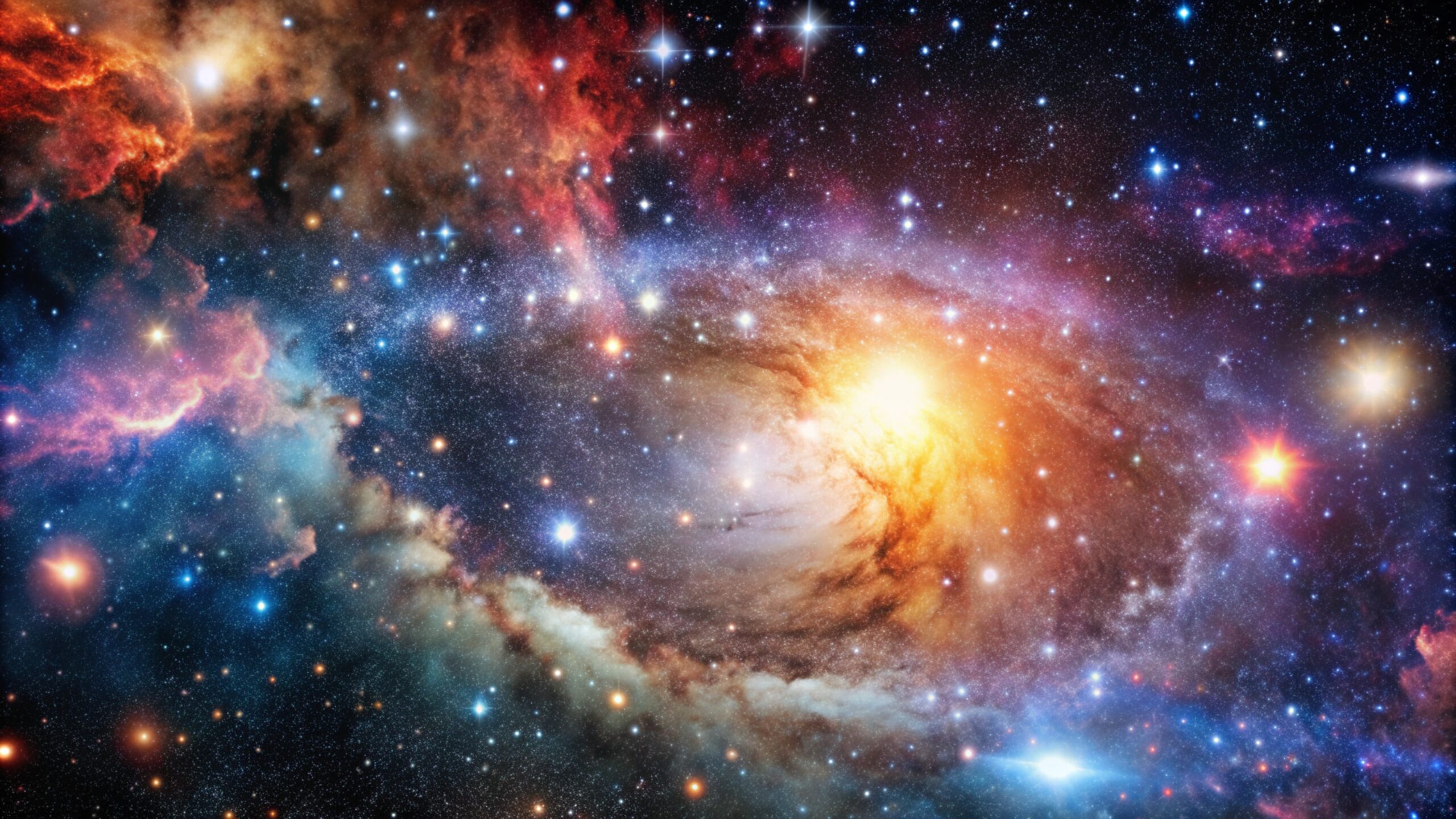
Scientists have observed a fierce cosmic collision in the depths of space for the first time, in which one galaxy is raining powerful rays on another.
A study published in the journal Nature has shown that the bombardment of radiation from one galaxy is reducing the ability of the other to form new stars.
This new study combines data from the European Southern Observatory’s Very Large Telescope and the Atacama Large Millimeter/submillimeter Array.
According to the study, two galaxies are standing at odds with each other in the depths of the universe and are traveling towards each other at a speed of 500 kilometers per second.
According to Pasquier Notre Dame, a researcher at the Institut d’Astrophysic de Paris in France and co-author of the study, experts have called this system a ‘cosmic competition’.
Comparing the two galaxies, experts say that one galaxy has an advantage over the other because it uses quasars against its rival galaxy.
Quasars are the bright centers of distant galaxies that are powered by supermassive black holes, which emit large amounts of radiation. Collisions between quasars and galaxies were once very common, occurring continuously in the first few billion years of the universe’s existence, for which astronomers peer into the past with the help of powerful telescopes.
The light emitted from this ‘cosmic competition’ has taken more than 11 billion years to reach us, meaning this event occurred when the universe was only 18 percent of its current age.






